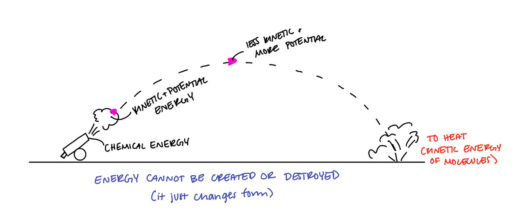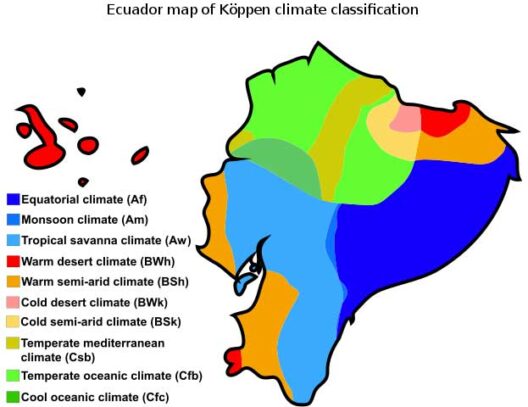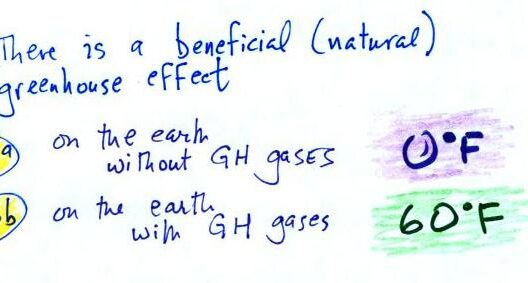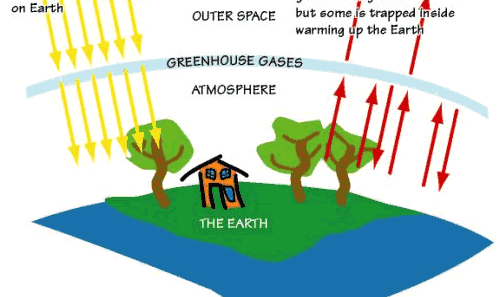The Northern Continent, comprising North America, is experiencing the repercussions of climate change with increasing intensity. From rising temperatures to erratic weather patterns, the manifestations of global warming are evident. This extensive analysis delves into various aspects of how the northern regions are feeling the effects of climate change, providing readers with a comprehensive understanding of the phenomenon.
1. Temperature Increases
One of the most conspicuous indicators of climate change is the rise in temperatures. The Northern Continent has witnessed an alarming increase in average temperatures over the past few decades. Data suggests that the average temperature has risen significantly more in the Arctic regions compared to other parts of the world. This phenomenon, known as Arctic amplification, results from feedback loops, such as decreasing albedo due to melting ice. The consequences are multifaceted, affecting ecosystems, wildlife, and human livelihoods.
2. Altered Weather Patterns
Climate change is not only about warmer weather; it also involves shifts in weather patterns. The Northern Continent is grappling with an array of unpredictable weather events, including intensified storms, heavy precipitation, and prolonged droughts. The juxtaposition of extreme events highlights the intricacy of climate dynamics. Moreover, these fluctuations disrupt agricultural practices and water supply, forcing communities to adapt rapidly.
3. Melting Ice Caps and Glaciers
One of the most visible signs of global warming in the Northern Continent is the unprecedented melting of ice caps and glaciers. Iconic landscapes, such as Greenland’s ice sheets and the glaciers in the Rocky Mountains, are retreating at alarming rates. This not only contributes to rising sea levels but also threatens freshwater reserves. The repercussions extend beyond environmental degradation; they impact indigenous communities reliant on the ice for their cultural and economic survival.
4. Ecosystem Disruption
The Northern Continent is home to diverse ecosystems that are increasingly becoming vulnerable. Biodiversity is under siege as species struggle to adapt to rapidly changing environments. Polar bears, for example, are finding it increasingly difficult to hunt seals due to the loss of sea ice. Forests are also facing challenges, as warmer temperatures foster the proliferation of pests and invasive species, disrupting the delicate balance of native flora and fauna.
5. Oceanic Changes
Climate change extends its reach into the oceans surrounding the Northern Continent, altering marine ecosystems. Ocean temperatures are rising, leading to coral bleaching events and disrupting fish populations. The acidification of ocean waters, largely driven by increased carbon dioxide levels, poses a grave threat to shellfish and marine biodiversity. These changes not only alter marine habitats but also impact fishing industries that are crucial for local economies.
6. Human Health Implications
The effects of global warming also transit into the realm of human health. Heatwaves have become more frequent, exacerbating pre-existing health conditions and increasing mortality rates, particularly among vulnerable populations. Providing adequate healthcare resources and infrastructure becomes ever more crucial as climate-induced health risks escalate. Air quality is deteriorating, with longer wildfire seasons contributing to respiratory diseases and other health complications.
7. Economic Consequences
The economic fallout from climate change is significant and multi-layered. Sectors such as agriculture, tourism, and fisheries face substantial risk due to climate impacts. Crop yields are dwindling due to unpredictable weather conditions, while tourism depends heavily on stable climates and natural attractions. Additionally, the increasing frequency of natural disasters places immense strain on local economies, receding public resources that could have aided adaptation and mitigation efforts.
8. Legislative Response and Activism
In the face of these challenges, legislative bodies and grassroots organizations are mobilizing to address climate change on various fronts. Progressive policies aimed at reducing carbon emissions, enhancing renewable energy sources, and fostering sustainable practices are gaining traction. Activism plays a pivotal role in galvanizing public opinion and compelling policymakers to prioritize environmental issues. Educational initiatives are also essential in raising awareness and empowering communities to take action.
9. Community Resilience
Adaptation to climate change demands resilience at both community and individual levels. Local initiatives focusing on sustainable practices, such as community gardens and renewable energy projects, showcase the potential for positive change. Building resilience necessitates a multifaceted approach, integrating science, technology, and indigenous knowledge. Collaborating across sectors can foster innovative solutions to mitigate and adapt to the impacts of climate change.
Conclusion
In conclusion, the Northern Continent is already feeling the reality of global warming. The interconnected themes of rising temperatures, disrupted ecosystems, and increasing health risks illustrate the complexities of climate change. It is imperative to act collectively, leveraging scientific knowledge and community efforts to forge a sustainable path forward. The dual challenge of mitigating future impacts while adapting to current changes will define our response to this pressing issue. The urgency is palpable; the time to act is now.







